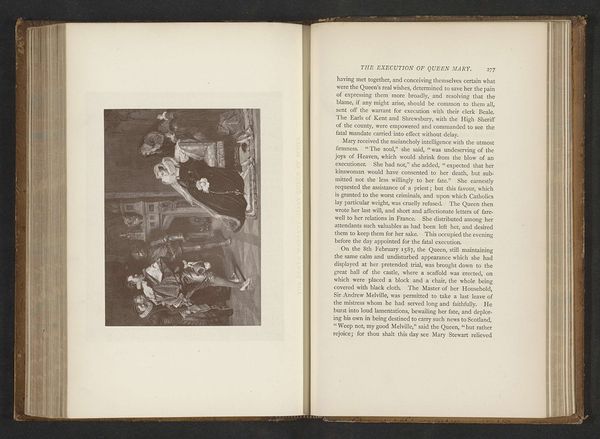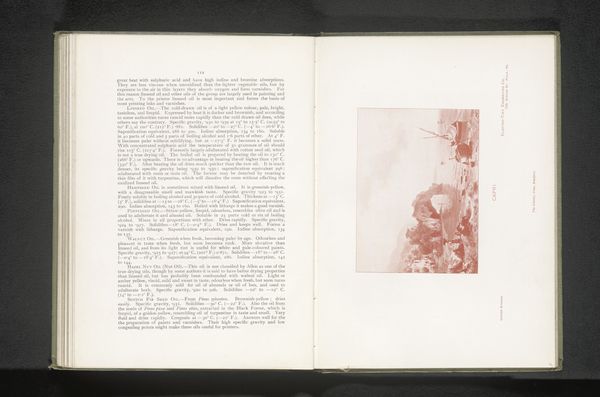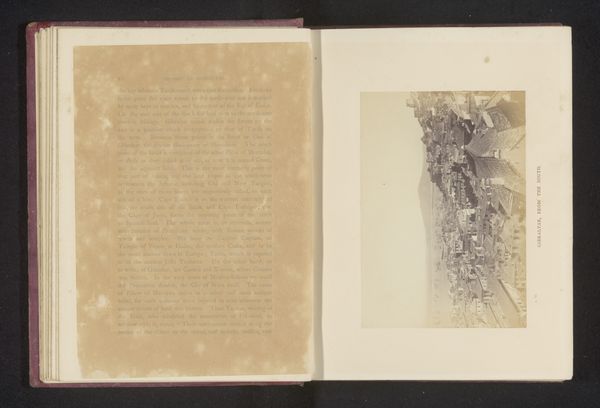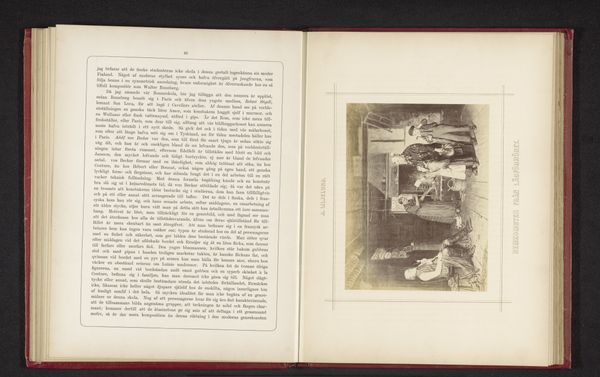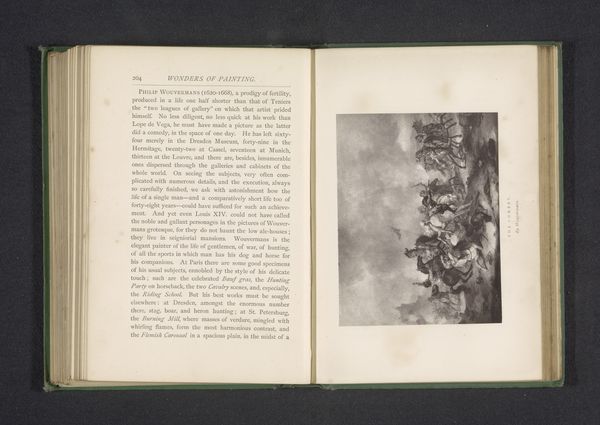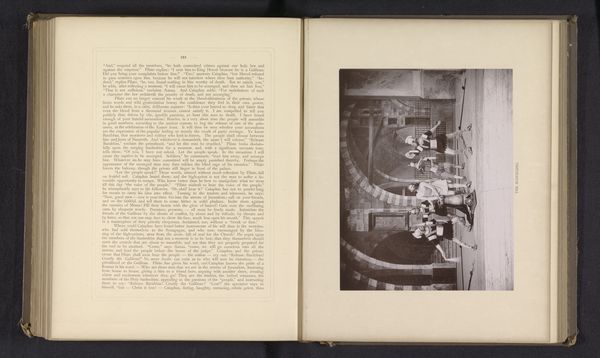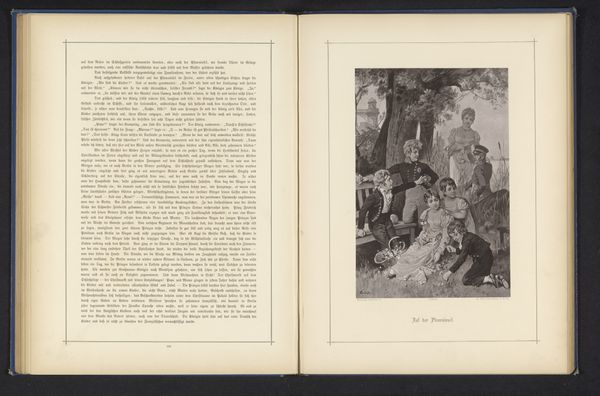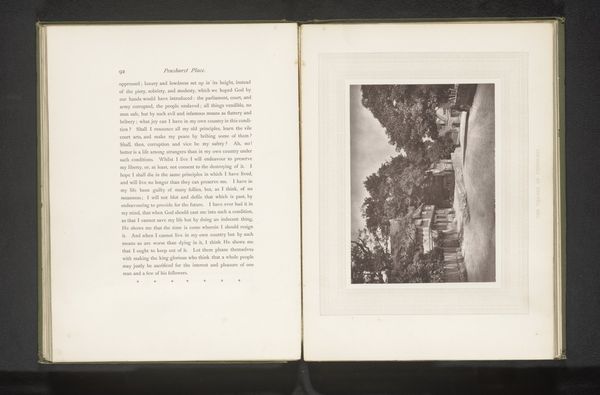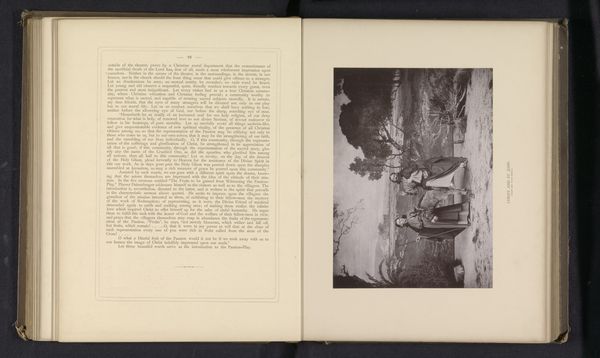
print, photography, gelatin-silver-print
#
portrait
#
medieval
#
narrative-art
# print
#
landscape
#
photography
#
gelatin-silver-print
#
history-painting
#
realism
Dimensions: height 168 mm, width 228 mm
Copyright: Rijks Museum: Open Domain
Curator: Here we have an interesting gelatin-silver print titled "The Resurrection," created by Carl Stockmann sometime before 1890. What's your immediate reaction to it? Editor: Stark. The severe greyscale combined with the rocky landscape evokes a sense of desolation and monumental struggle. I'm immediately drawn to the craftsmanship of the print; the way the light interacts with the textures makes you think about the hands that must have worked on it. Curator: I think your attention to light and texture highlights the historical weight embedded within this photographic rendering of a key Christian narrative. How do you see the social context shaping its creation? Editor: Considering it's a photograph, it moves away from traditional painting and brings in an aspect of reproduction and accessibility. Making something once exclusively available to the elite visually accessible to the broader public transforms it into an artefact with revolutionary significance. The industrial materiality interacts with social class, offering a critique and opening the text for reinterpretations. Curator: Absolutely. We can look at how gender roles and power intersect with the narrative here. The composition centers on the risen figure, typically rendered as male, challenging pre-established notions and reasserting control in the story's performance. The way the figures are grouped tells us a story about communal experiences that either uplift the central protagonist or deny this elevation and status. Editor: I'm intrigued by your take on the narrative's subversion. What is equally compelling is how materiality dictates visual experience. The tonal range allowed by gelatin-silver prints adds complexity to how light and shadow construct form, subtly enhancing how power structures might emerge. The process affects our perception just as powerfully. Curator: Ultimately, Stockmann’s print asks us to re-evaluate the stories we’ve inherited. By understanding it as a dialogue with pre-existing structures we can interpret what the image means to us. Editor: A fine observation. From a production viewpoint, we also gain insights on access, material agency and social shifts in the meaning of images across time. It prompts us to look deeper into production itself, its means and meanings.
Comments
No comments
Be the first to comment and join the conversation on the ultimate creative platform.



